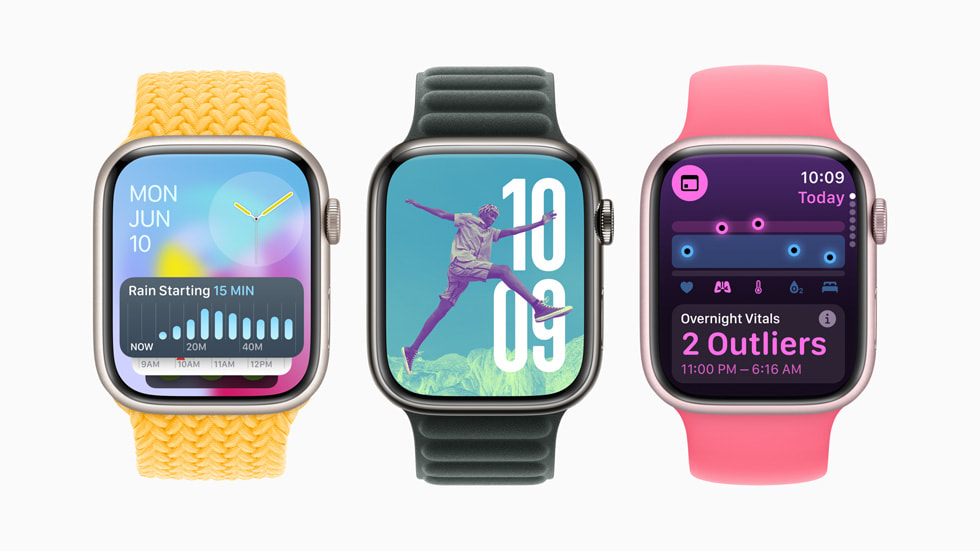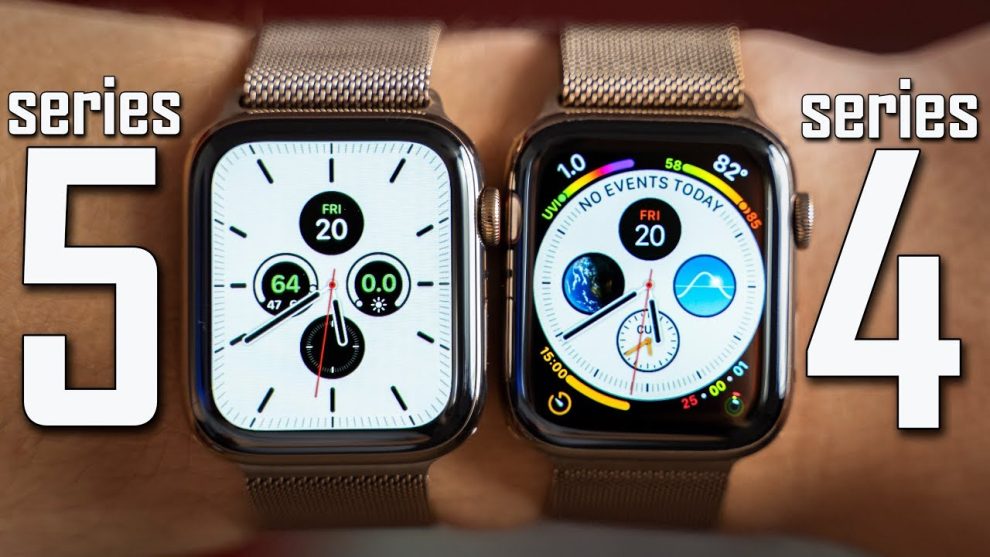A Look Back: A History of Apple Watch Support
Traditionally, Apple has enjoyed a reputation for providing long-term software support for its devices. iPhones typically receive software updates for five years or more, while iPads often see even longer support cycles. This commitment to longevity has been a major selling point for Apple products, attracting users who value a long-lasting and secure device ecosystem.
However, watchOS 11 marks a significant departure from this trend. The Apple Watch Series 4 and 5 were released in 2018 and 2019, respectively, meaning they’ll be left behind after just four or five years. The first-generation Apple Watch SE, launched in 2020, fares even worse, receiving only three years of software updates.
The Reasons Behind the Cut-Off: Unveiling the Hardware Limitations
While Apple hasn’t officially commented on the specific reasons for dropping support for these watches, industry experts point to potential hardware limitations. The Apple Watch Series 4 and 5 are powered by the S4 chip, while the first-generation SE utilizes the S5 chip. Though these processors were considered powerful when released, the demands of watchOS 11, particularly with rumored features like advanced health monitoring and a more resource-intensive user interface, might simply be too much for these older chips to handle effectively.

The Fallout: Frustration and Questions for Apple
The decision to drop support for three popular Apple Watches has sparked a wave of frustration among users. Here are some of the main concerns:
- Planned Obsolescence? Many users feel Apple is deliberately forcing them to upgrade to newer models by purposefully rendering their existing watches obsolete.
- Loss of Functionality and Security Updates: Without access to watchOS 11, users will miss out on new features, bug fixes, and crucial security updates, potentially compromising the functionality and security of their devices.
- Environmental Impact: Early obsolescence contributes to e-waste, raising environmental concerns.
A Glimpse into the Future: Will Apple Change Course?
The future of Apple Watch software support remains uncertain. Here are some possibilities:
- A More Gradual Approach: Perhaps Apple could adopt a more nuanced approach, offering limited updates or critical security patches for older devices.
- A Hardware Upgrade Cycle: Maybe Apple will implement a more predictable upgrade cycle for the Apple Watch, similar to the iPhone, ensuring longer software support for newer models.
- Increased Transparency: Apple could benefit from greater transparency regarding hardware limitations and software development decisions affecting older devices.
Beyond the Controversy: The Exciting Features of watchOS 11
Despite the controversy surrounding dropped support, watchOS 11 boasts exciting features that shouldn’t be overshadowed:
- Vitals app: A dedicated app that provides a comprehensive overview of key health metrics like heart rate, blood oxygen, and sleep data.
- Advanced Sleep Tracking: Deeper insights into sleep stages and personalized recommendations for improved sleep quality.
- Improved Workouts: New workout types and enhanced performance metrics for athletes and fitness enthusiasts.
- Customizable Watch Faces: Greater freedom to personalize watch faces with new complications and color options.
The Bottom Line: Weighing the Options
For users of the Apple Watch Series 4, 5, and the first-generation SE, the decision of whether to upgrade becomes a personal one. While watchOS 11 offers enticing new features, the lack of future updates might be a dealbreaker for some. Ultimately, users will need to weigh the benefits of the new features against the potential drawbacks of using an unsupported device.
One thing remains clear: Apple’s decision to drop support for these popular watches marks a significant shift in its software update strategy. Whether this is a one-time event or the beginning of a new trend for Apple Watch support remains to be seen. However, it undoubtedly raises important questions about planned obsolescence, environmental impact, and user choice in the ever-evolving world of wearable technology.
















Add Comment